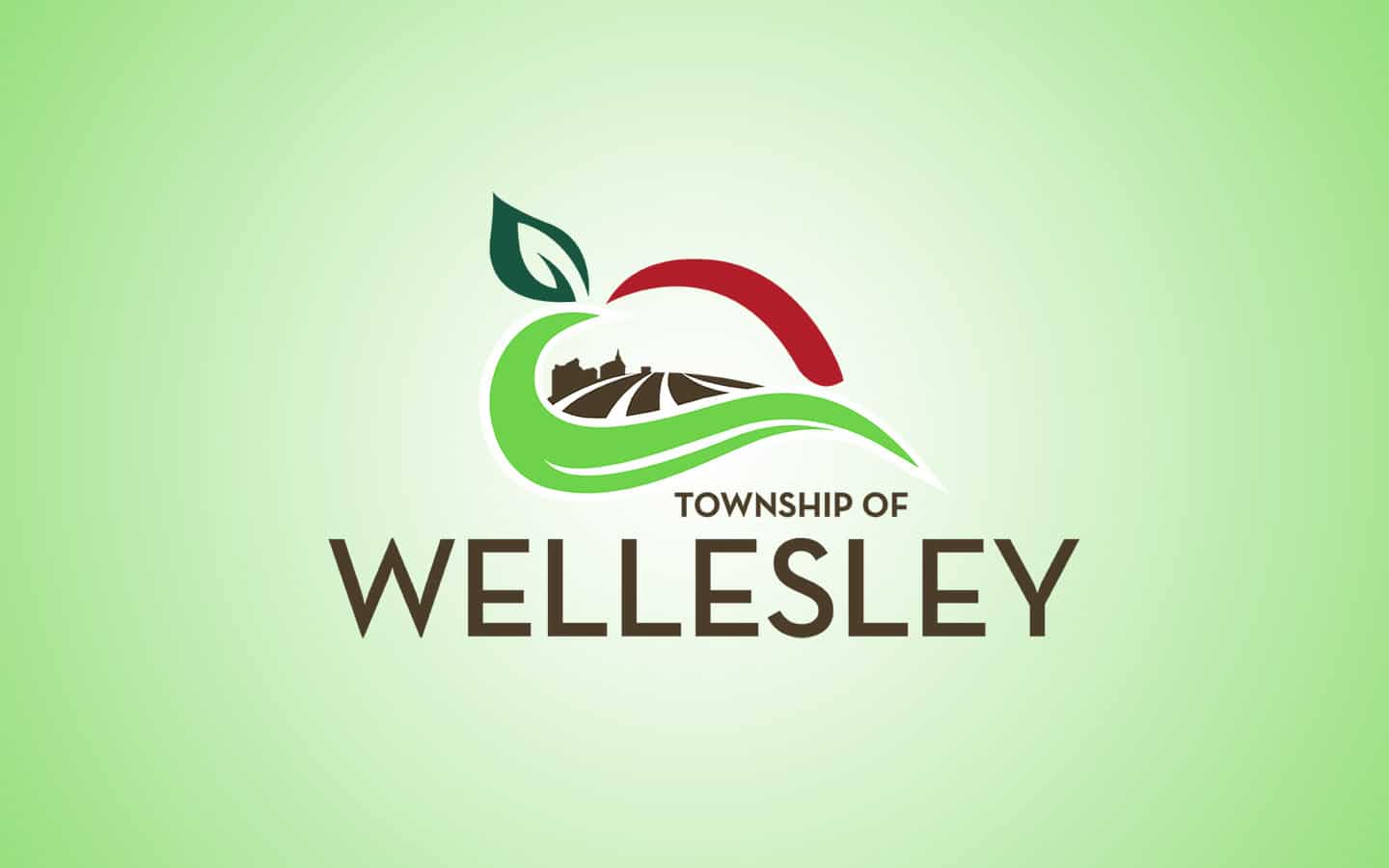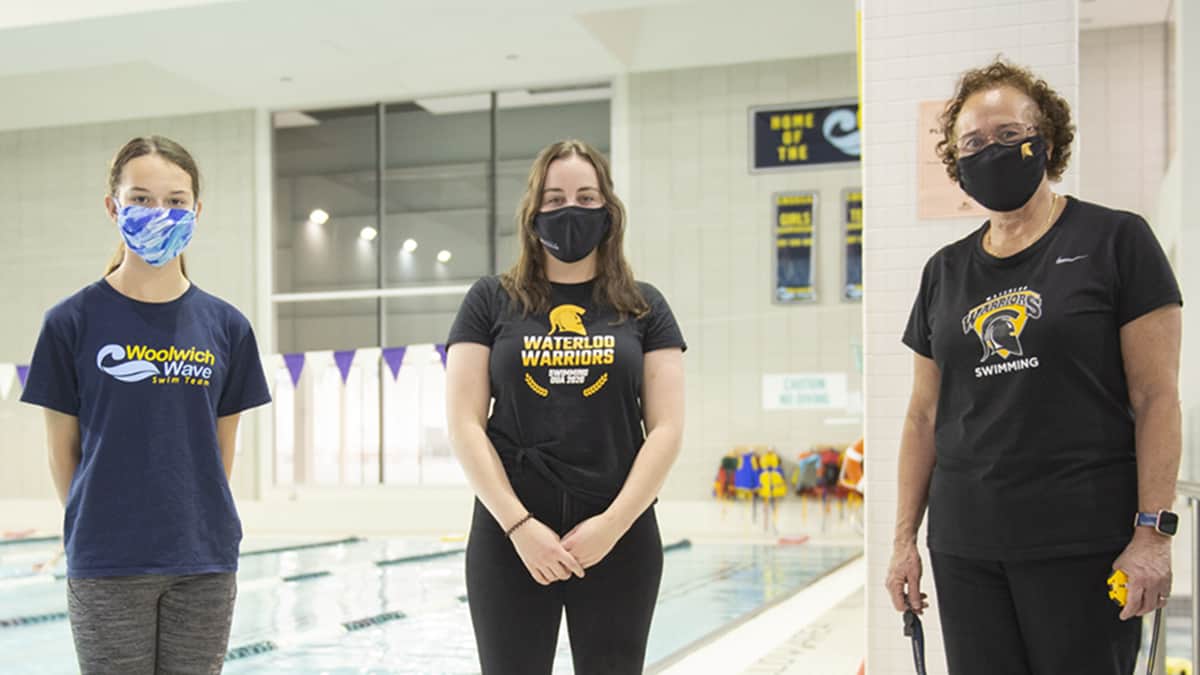While case counts are climbing, Waterloo Region won’t move into lockdown mode … at least for now.
The region’s case rate is the fourth highest in Ontario, ensuring that it remains in the red/control stage, meaning current restrictions are in full effect.
At this point, local officials are looking for additional supports from the province, said medical officer of health Dr. Hsiu-Li Wang at the region’s weekly coronavirus briefing December 4. There’s been no push to move into the grey/lockdown category.
“There’s no set criteria, and there’s no set timeline for when a region would move from red to lockdown. But we do know that usually it takes at least two weeks, if not two to four weeks, for restrictions that have been put in to start to have an effect,” she explained.
At midweek, there were 456 active cases of COVID-19 in the region, bringing the cumulative total to 4,114. Public health officials are currently monitoring outbreaks at 22 locations, including one at Elmira District Secondary School, which has two cases. Also on the list are five long-term care homes, among them Nithview Homes in New Hamburg, and Village Manor in St. Jacobs, which is under the operational control of St. Mary’s General Hospital. The retirement home had seen 20 of its 24 residents test positive. Sixteen are now recovered and not considered infections.
“It’s important for the community to know that this means that people from Village Manor are out in the community, and they will not spread to others – they’re able to go about their regular routine. So for example, going to the grocery store as required,” said St. Mary’s president Lee Fairclough
Of the 12 staff that have tested positive, all cases are now considered resolved, and some of them will be returning to work.
The overall situation in the region means the municipality will need more support from the province, said Wang.
“We need some additional resources to help us. Other health units that have had surges earlier than us have received additional support, and more support than we currently are receiving. So, we now are searching and want additional supports as well, so that we can have the best opportunity to be able to be successful,” said Wang of the request.
Among the areas requiring more work are the conservative Mennonite communities. Public health figures show the transmission rate among those groups in north Woolwich and Wellesley was markedly higher than the region-wide number, with Wang today suggesting the actual numbers may be higher given that some people have refused to be tested.
The region expects to begin posting more detailed information about outbreaks on its online dashboard, documenting cases by towns/neighbourhoods, with improved mapping, said Wang.
“The issue was, we had some limitations with the data system that we had before. In terms of being able to get exact locations and, therefore, that’s why our current map uses postal code, but we know that that’s a bit of an issue in rural areas where there’s larger areas covered by the same postal code.”
In neighbouring Wellington-Dufferin-Guelph, there were 199 active cases at midweek, down up from 145 a week earlier. That catchment area’s cumulative total was 1,609, of which 1,369 (85.1 per cent) have been resolved. There have been a total of 41 fatalities since the pandemic began, including one in the past week.
The province is still dealing with a spike as the total number jumped to 130,910, an increase of more than 10,000 in the past week.
There have been 3,808 deaths attributed to the virus, representing a falling mortality rate of 2.9 per cent. The ministry reports 110,951 cases (84.8 per cent) have been resolved.
The latest numbers from Health Canada show 71,968 active cases, 5,000 more than week ago. That brings the total to 429,035 confirmed cases of COVID-19 nationwide since the pandemic began, with 12,867 related deaths, a mortality rate of 3.0 per cent.









